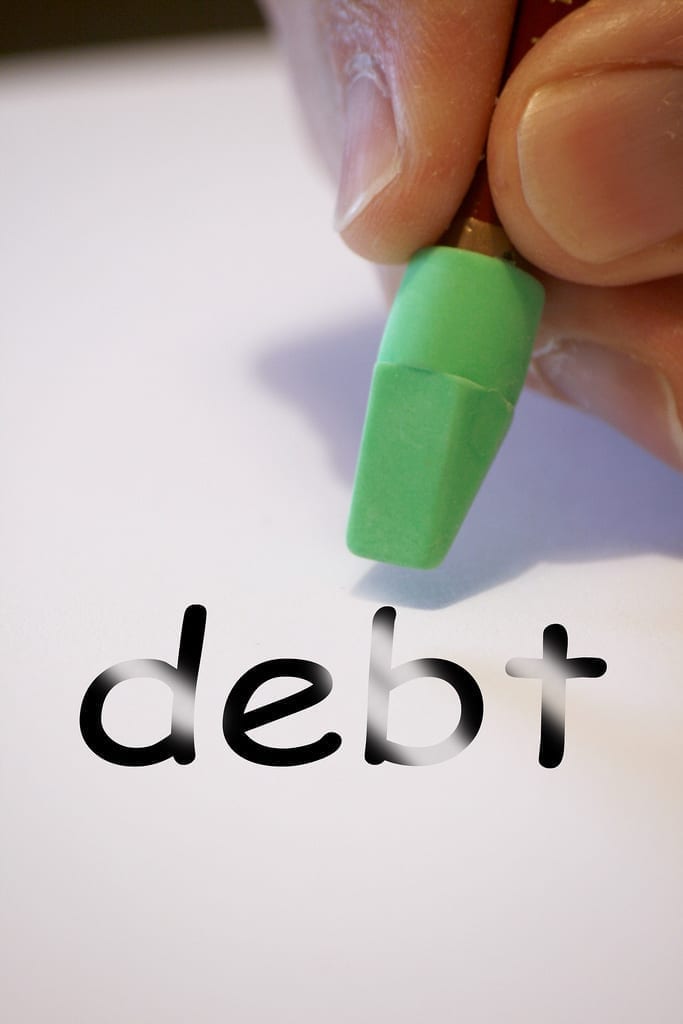The average American owes a whopping $90,460 in debt.
It’s easy to get into debt, but a lot harder getting out of it. The first step in overcoming seemingly insurmountable debt is to accept your situation, but be willing to do something about it. The right positive attitude will help you achieve your financial freedom in no time at all.
If you are one of those people who are drowning in debt, here are some options you may consider.
- DIY Debt Relief
Debt relief means that you are taking measures to minimize or refinance your financial obligations. You aim to make it easier for you to repay them. So, one of the most straightforward steps is to increase your monthly payment to your unsecured debts—these include personal loans and credit card debts. It would help if you allocated a more significant chunk of your funds for your debt repayment. It will allow you to eliminate your problem faster.
However, the only way this option would work is for you to stop accumulating more debt. So better keep your credit cards under lock and key to avoid the temptation of using them. Also, you must find more ways to earn money. It could mean getting side hustles or extra work on weekends. You can also check out a debt relief network to help you find the best ways to work on reducing your debt. Lastly, look at your monthly expenses and find areas where you could cut on spending—the more money you save, the more you can fund your debt servicing.
- Debt Consolidation
If you still maintain a good credit rating, then another option is getting into a low-interest loan that can pay off all your existing debts. One advantage of taking this option is that you’ll only have one monthly payment to make instead of paying half a dozen banks. A home equity loan is one type of loan facility that you can use for debt consolidation. It has longer payment terms and a lower interest rate.
When you choose a home equity loan, you’ll use your house as collateral for the debt. So, applying for this loan only makes sense if you are sure that your income is enough to make the monthly payments. Before signing up for a home equity loan, you should ensure that you have enough savings to cover 6–12 months of monthly payments if you lose your job or cannot work due to illness.
- Debt Settlement
Debt settlement is a smart move if you have already defaulted on your monthly obligations and are now being hounded by debt collectors. Sometimes, it would be best to talk to a debt settlement lawyer so that you have someone to guide you on what legal recourse to take.

How does debt settlement work? It simply means hiring a lawyer or a company to negotiate terms with your creditor. It usually results in you getting better interest rates, extended and affordable loan repayment terms, and, most importantly, a reduction of the total amount you owe. Once you have complied with the terms and paid the agreed amount stated in your debt settlement deal, your creditor will likely forgive any remaining portion of your debt.
At first glance, debt settlement may seem the best option because you stand to extinguish a part of your loan. However, such a deal can hurt your credit report for several years. But after you have settled your debt, your credit rating will also start to improve. Moreover, some companies will charge service fees amounting to as much as 10% of your total outstanding loan. Be sure to compare the costs of doing business with different loan settlement companies.
Conclusion
The average American owes a whopping $90,460 in debt. So, it makes sense that people are looking at debt relief as an option to get out of their troubles. However, no matter how dire your debt situation may look, there is always a way to get out of your mess. You can consolidate your debt, hire a debt settlement lawyer, or make a DIY debt relief plan. Ultimately, all you need is your willingness to work hard and consistently make the monthly payments until you’ve paid your debt in full.


Join the conversation!